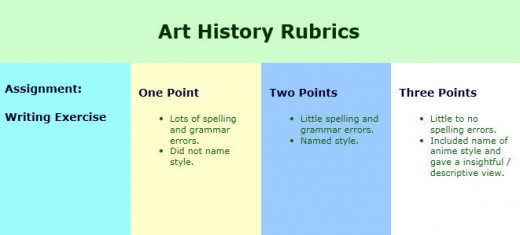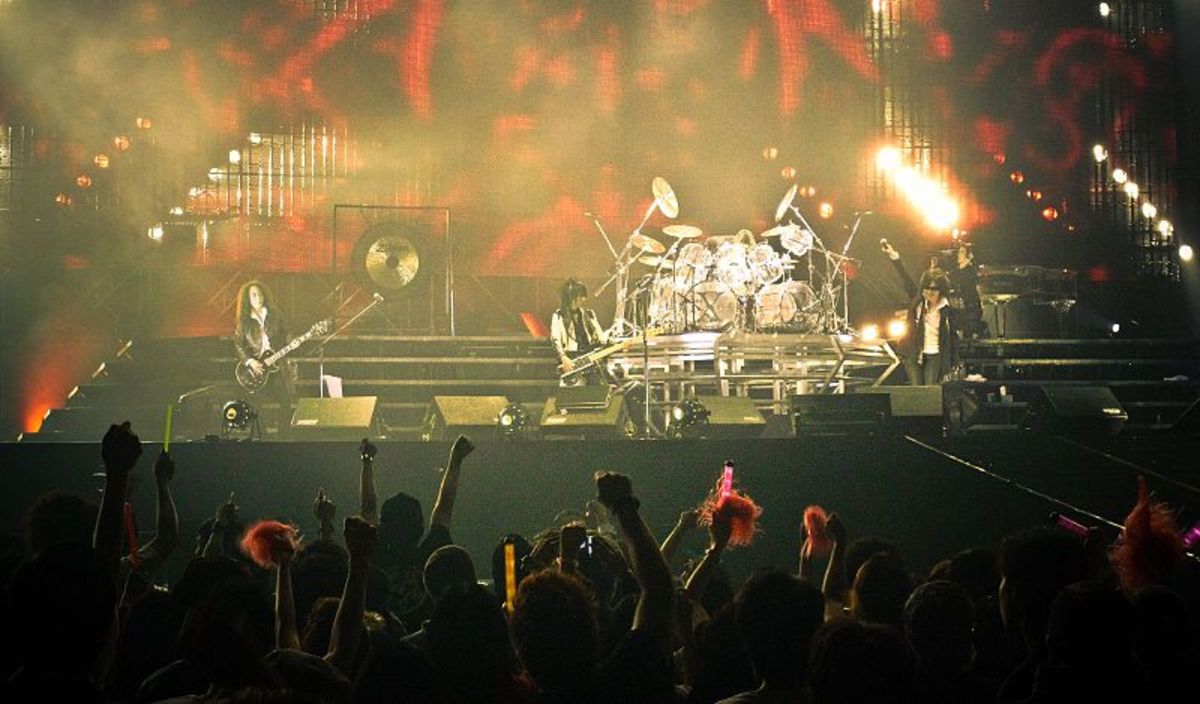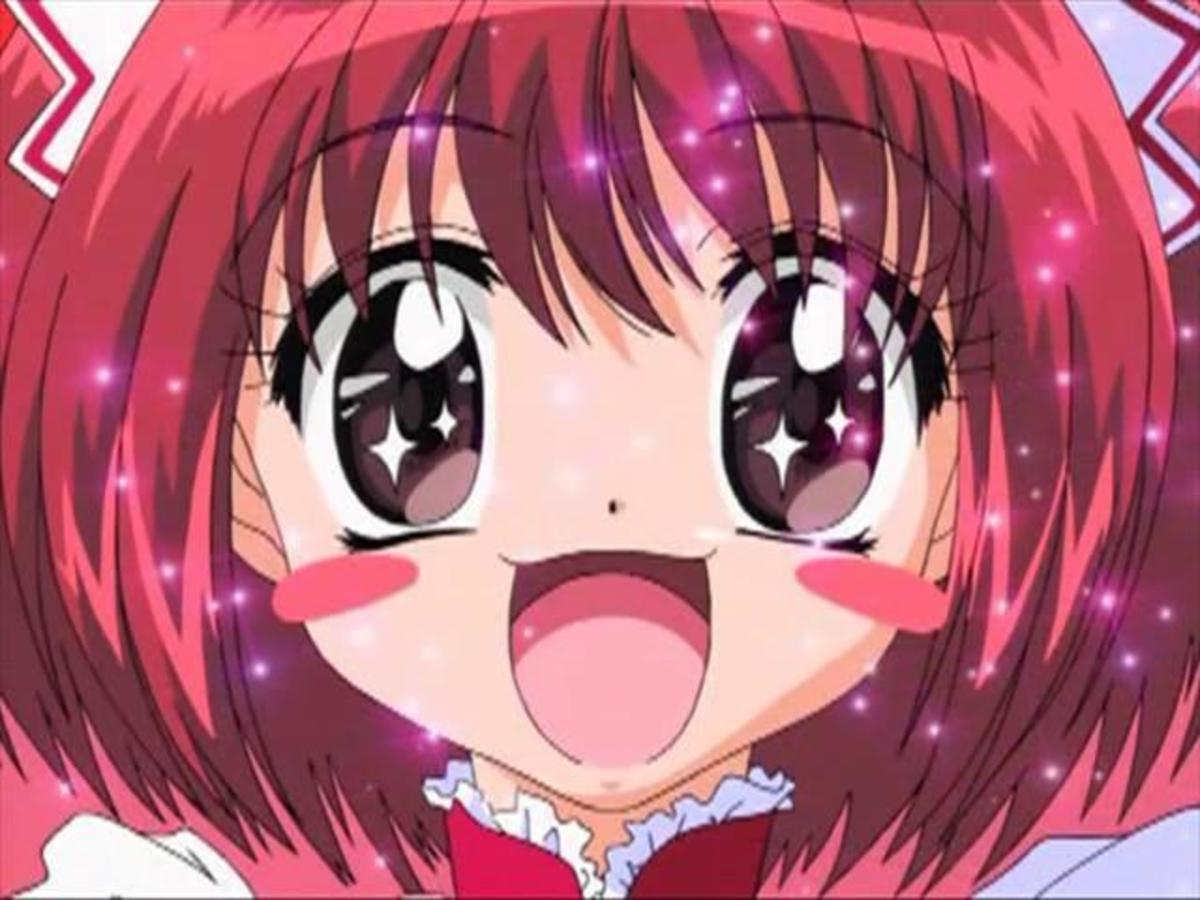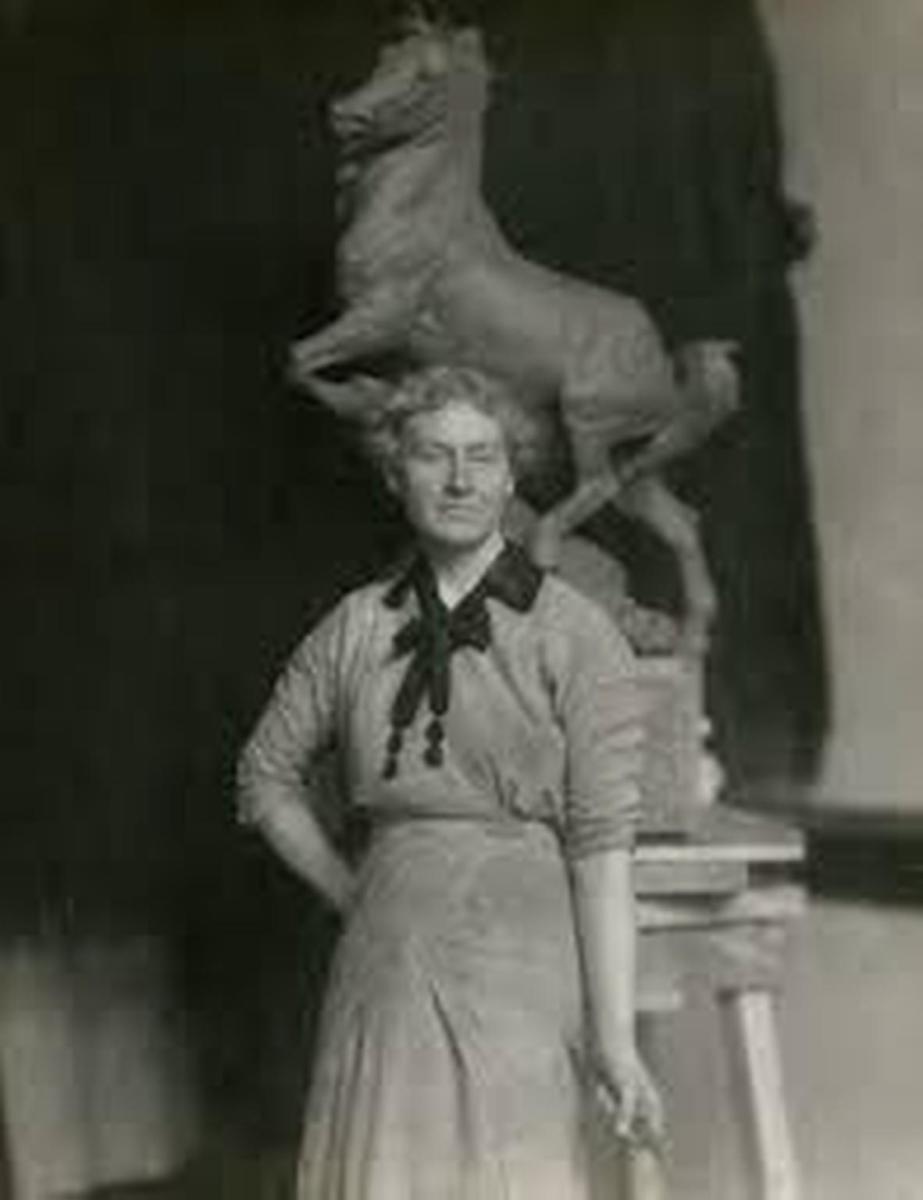Art History - Anime - Including Tezuka as the Father of Anime
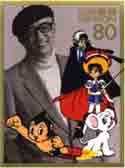
(***This blog is written in lesson format for art classes.)
In this lesson, you will learn about the history, people and styles involved in the creation of Japanese Anime. First read the information next to the date, then watch the video if one is included. This way you will be an informed viewer, you will know the style of the anime and a little bit of history as you enjoy the video.
The Disney Style
1907 - The earliest Japanese anime we know shows a young sailor writing out the words “Moving Pictures” in Japanese.
1945 - The first full-length anime Momotaro's Divine Sea Warriors, was directed by Mitsuyo Seo who was influenced by watching Walt Disney's Fantasia. Enforcing Japanese Nationalism - Momotaro's Divine Sea Warriors, portrays victory and how the Japanese were liberating Sulawesi Island and Asia. Below is a video clip of Monotaro’s Divine Sea Warriors.
1956- Hakujaden was the first Japanese color anime and was released in the United States under the name Panda and the Magic Serpent. Watch the video below. Can you see the Disney style?
The Style of Osamu Tezuka
1960's - Osamu Tezuka is considered the father of anime, he turned anime into a widespread medium that reaches out to all ages. Tezuka was greatly influenced by the early animation of Disney. His decision to draw characters with large eyes to enhance their expressive and emotional qualities has been passed down to many generations of artists.
1963 - Osamu Tezuka created and produced Astro Boy, the first Japanese TV animation. You may watch a video clip of Astro Boy below. What do you think of those large eyes?
Golden Age of Anime and the Mecha Style
1970 - The 70's saw the start of the Golden Age of Anime. A new genre was created - mecha , a field of science fiction where the main characters were not people, but robots. Mecha continues to be an extremely popular field in Japan and has a large influences on many American works.
1973 - Space Battleship Yamamoto was conceived by producer Yoshinobu Nishizaki. Originally intended to be an outer-space variation on Lord of the Flies, it is also known to English-speaking audiences as Space Cruiser Yamato or Star Blazers.
1980's - Still in the Golden Age of Anime, production of anime soared. Not only was it popular in theatres and on television, a new market for anime opened up: straight to video releases known as OVAs (Original Video Animation).
1984 - Nausicaa of the Valley of the Wind , is perhaps the most influential anime of all time. Created by Hayao Miyazaki, the movie has environmentalist undertones and was presented by the World Wide Fund for Nature . Nausicaa is ranked as one of the 50 greatest science fiction films by the Internet Movie Database . You may watch a video clip below.
1989 - Akira was released at the end of the Golden Age. At the time, it was the most expensive anime feature film ever released: it was also a huge disappointment in the Japanese box office but gained worldwide success. Seen by many in the west as the definitive anime film, it became a symbol of the medium and greatly increased amine's popularity in the west.
1990s - Many anime television shows and films became quite popular in the United States, such as Neon Genesis, Evangelion, Pokemon, and Dragon Ball Z.
2000s - This popularity traveled on into the 2000s and today, with shows such as Cowboy Bebop, and feature films like Ghost in the Shell, Princess Mononoke and Spirited Away.
- Four-Techniques to Help Students Remember
Helping students become self directed learners is the greatest skill you can teach.
I hope you have enjoyed learning about the history of anime. Can you see how anime's styles have changed over the years? Do you think the style of anime will change again?
You now have a chance to be an art historian and write about the history and styles of anime. Your assignment is to choose one of the topics below and write one to two pages, applying what you have learn and your own insights. Be sure and see the rubric on how you will be graded.
Writing Assignment
- Write a letter to someone (friend, parent, grandparent, etc) telling them about the history of anime or ...
- Compare the style of early anime to the style of anime today or...
- Write about your favorite anime, including which style it falls under and why it belongs to this style.
